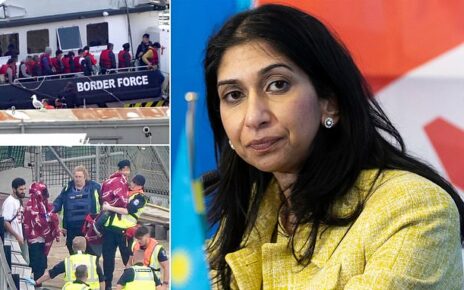Effigies of Edmund Burke are listed as slavery-linked artwork because of dealings of his younger brother
- The father of modern conservatism has been dragged into a parliamentary row
- Portraits and statues of Edmund Burke have been listed as slavery-linked artwork
- This was because his younger brother profited from Caribbean plantations
The father of modern conservatism has been dragged into a parliamentary row over historical links to slavery.
Portraits and statues of Edmund Burke, who was also a prominent anti-slavery campaigner, were singled out in a report by MPs because his younger brother profited from Caribbean plantations.
The report documents parliamentary artworks linked – however slightly – to the evil trade.
Works depicting William Gladstone are also on the warned list because his father was compensated following the abolition of slavery by the UK in 1833.

Works depicting William Gladstone are also on the warned list because his father was compensated following the abolition of slavery by the UK in 1833
The Victorian-era PM backed payouts for slave owners early in his career but later deemed it ‘the foulest crime’.
Other politicians named by the committee of MPs include the prime ministers Robert Peel and Robert Walpole and kings Charles II and James II.
Sir John Hayes, chairman of the Common Sense Group of Tory MPs, said: ‘It is entirely preposterous to connect tangentially all kinds of significant historical figures through family relationships to the slave trade.’
Burke, a political thinker who served as an MP from 1766 to 1794, condemned the French Revolution and is now seen as the philosophical founder of conservatism.


Share this article
Source: Read Full Article


